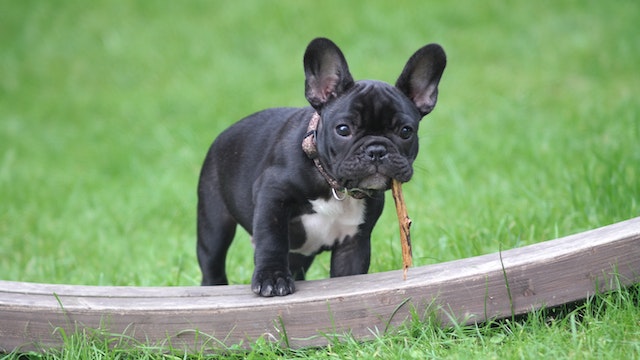Introduction:
Owning a dog brings immeasurable joy and companionship, but it also comes with responsibilities. One crucial aspect of being a responsible dog owner is preventing dog bites. In this article, we will explore essential tips to understand dog behavior, implement bite prevention measures at home, promote public safety through responsible dog ownership, and educate children on interacting with dogs safely.
Understanding Dog Behavior to Prevent Bites
Dogs communicate through body language, and understanding their behavior is fundamental in avoiding potential bite incidents. A wagging tail does not always signify a friendly dog, and certain cues indicate stress or discomfort. Signs like raised hackles, bared teeth, and growling should not be ignored. Proper socialization and positive reinforcement training can play a significant role in shaping a dog’s behavior positively.
Top Tips for Dog Bite Prevention at Home
Creating a safe environment at home is essential to prevent dog bites. Here are some practical tips for dog owners:
Early Socialization: Introduce your dog to various people, animals, and environments during puppyhood to build confidence and reduce fear or aggression.
Responsible Breeding: If you plan to get a dog, choose reputable breeders who prioritize temperament and socialization in their breeding practices.
Supervised Interactions: Always supervise interactions between dogs and young children. Teach children how to approach dogs gently and avoid disturbing them while eating or resting.
Secure Fencing: Maintain a secure fence around your property to prevent dogs from escaping and potentially engaging in aggressive behaviors outside.
Behavior Training: Enroll your dog in obedience classes to ensure they respond to commands, which can be crucial in managing potentially risky situations.

Ensuring Public Safety: Responsible Dog Ownership
Being a responsible dog owner extends beyond your home. Here’s how you can contribute to public safety:
Leash Laws: Follow leash laws and keep your dog on a leash when in public spaces. Even a well-trained dog may react unpredictably in certain situations.
Read Your Dog’s Signals: Pay attention to your dog’s body language during walks or encounters with strangers or other animals. Be proactive in managing potentially stressful situations.
Clean Up After Your Dog: Always clean up after your dog in public areas. It’s not only a matter of common courtesy but also helps promote a positive image of responsible dog ownership.
Proper Identification: Ensure your dog wears a collar with updated identification tags. Microchipping is also recommended as a reliable backup to traditional tags.
Educating Children on Interacting with Dogs Safely
Education is crucial in preventing dog bites involving children. Teach them the following:
Ask for Permission: Instruct children to always ask the dog owner for permission before approaching a dog, especially if it’s an unfamiliar one.
Gentle Touch: Encourage children to pet dogs gently, avoiding rough or aggressive behavior that may provoke a negative response.Respect Boundaries: Teach children to recognize when a dog needs space, particularly if the dog is eating, sleeping, or caring for puppies.
Report Stray Dogs: Instruct children to inform an adult if they encounter a stray dog to ensure appropriate authorities are alerted.
Conclusion:
By understanding dog behavior, implementing prevention measures at home, promoting responsible dog ownership in public spaces, and educating children on safe interactions, we can significantly reduce the risk of dog bites. Being a responsible dog owner not only ensures the safety of your furry companion but also contributes to a safer and more harmonious community for all.












